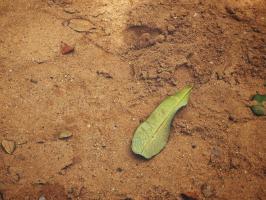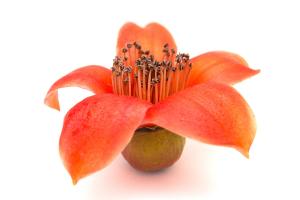Introduction:
Live oak trees are iconic in American culture, known for their resiliency, longevity, and sprawling canopies. These timeless giants have served as enduring symbols of strength and grace, upholding the ecosystem around them, as well as providing shade, shelter, and beauty for people to enjoy. While planting a live oak tree can seem like a simple task, there are several factors to consider when deciding on the best time to give this majestic species a new home.
The Best Time to Plant Live Oak Trees:
When it comes to planting, live oak trees thrive in warm temperatures and ample sunlight. Planting during the late winter or early spring is best, as this allows the tree to establish roots before the hotter summer months. During the planting process, it's crucial to consider the soil condition, drainage, and location, as these factors will all affect the tree's health and growth potential.
Climate and Weather:
Live oak trees are diverse in their adaptability to different climates, from the humid coastal southeast to the drier, arid southwest. However, weather patterns and natural disasters can pose a risk to the survival of newly planted trees. Avoid planting during drought periods, extreme temperatures, or heavy rainfalls. Also, make sure the planting location does not face potential hazards, such as high winds, flooding or erosion.
Soil and Drainage:
Live oak trees prefer slightly acidic soils that are rich in organic matter and well-draining. Avoid planting in heavy clay soils or areas with poor drainage, as this can cause root rot and other detrimental effects. It's recommended to dig a hole three to five times wider than the root ball and backfill with topsoil and compost to provide nutrients and aeration to the trees roots.
Location and Growing Conditions:
When selecting a location for your live oak tree, consider the tree's growing space requirements. These trees have extensive, shallow root systems that can disrupt pavement, foundations, and other structures. It's essential to plant the tree in a location that provides ample space for the canopy to grow and avoid planting near power lines, buildings, and walkways. Full sun exposure is best, but trees can tolerate some shade. Water the tree frequently during the first few years, especially during dry periods, to promote healthy growth.
Maintenance:
After planting, it's essential to maintain the tree's health with regular pruning, watering, and fertilization. Prune dead or damaged branches regularly to prevent disease and improve the tree's overall appearance. Water the tree when the soil is dry to the touch and fertilize once a year with a nitrogen-rich fertilizer to promote growth. A healthy, well-maintained tree will live for generations, providing beauty, shade, and ecological benefits for years to come.
Conclusion:
Planting a live oak tree is a rewarding and worthy investment in the environment and future generations. With careful consideration of the tree's needs, planting during the late winter or early spring, and maintenance, you can enjoy the beauty and benefits of this iconic species for years to come. By choosing the right time and place to plant, you can help ensure the survival and longevity of these beloved giants.

 how many times do yo...
how many times do yo... how many planted tre...
how many planted tre... how many pine trees ...
how many pine trees ... how many pecan trees...
how many pecan trees... how many plants comp...
how many plants comp... how many plants can ...
how many plants can ... how many plants and ...
how many plants and ... how many pepper plan...
how many pepper plan...






























